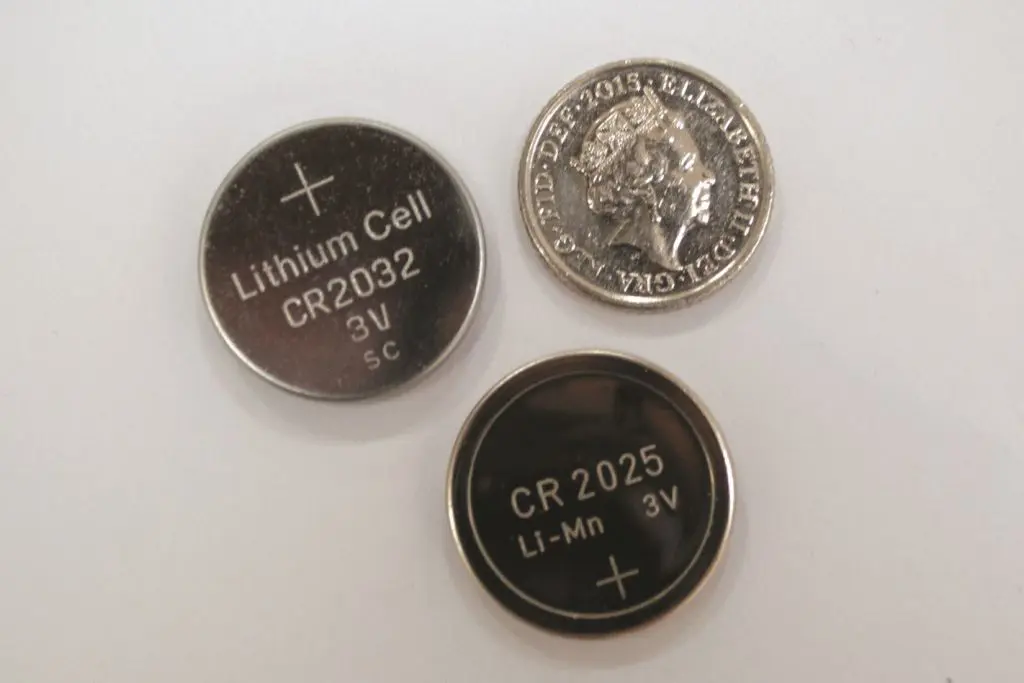27th June 2019
A guest blog by Katrina Phillips, Chief Executive of the Child Accident Prevention Trust, on the danger of button batteries.

Image courtesy of CAPT
We rely on button batteries to power so many things in our homes, from remote controls to key finders, digital scales to thermometers. They’re in lots of children’s things too – novelty nightlights, light-up yo-yos, musical books and cards.
But if a lithium coin cell battery gets stuck in a small child’s food pipe, it can burn a hole inside the body and cause serious internal bleeding and death.
That’s because the battery creates a chemical reaction that erodes soft tissue. It can happen in as little as two hours. And it’s the equivalent of a child drinking drain cleaner.
Tragically, as a report published today by the Healthcare Safety Investigation Branch (HSIB) highlights, too few parents know about the dangers they pose or how to manage the risks. We are supporting HSIB to raise awareness, working closely with government and industry.
We have updated our safety advice using insights from HSIB’s report and designed new free educational resources, including a downloadable poster and session plan supported by the British and Irish Portable Battery Association (BIPBA).
We need your help to spread the word to the parents that you and your teams support.
A proliferation of button batteries
Look around any family home and you’ll see a proliferation of products and gadgets powered by button batteries, particularly 3V coin cell batteries like the CR2025, CR2032 and CR2330.
Fitness trackers, 3D glasses, gaming headsets, sound bar remotes, bathroom scales, car keys, light sabers, robot bug toys, light-up yo-yos – the list is endless.
While toys from reputable retailers should have secure battery compartments, far too many products still don’t. Children aged one to four are at greatest risk, as they often put things they find in their mouths.
Spare batteries stored in a drawer or alongside the product are serious culprits. As too are discarded ‘flat’ batteries, as they can still hold enough power to badly hurt a child.
So it’s important for parents to know where coin cell batteries are in their homes, so they can keep them out of children’s reach and keep their children safe.
Our five top tips to share with parents
- Look round your home for lithium coin cell batteries – in products as well as spare and ‘flat’ batteries.
- Keep products well out of children’s reach if the battery compartment isn’t secured.
- Store spare button batteries in sealed containers in a high cupboard.
- Put ‘flat’ or ‘dead’ batteries out of children’s reach straight away and recycle them safely and as quickly as possible.
- If you think your child has swallowed a button battery, don’t delay, take them to A&E straight away or call 999 for an ambulance. Don’t let them eat or drink and don’t make them sick.
Spreading the word
- Read our safety advice to find out more.
- Download our free poster and session plan and use them in your work with parents.
- Follow us on Twitter and Facebook, where we’ll be sharing posts from the Office for Product Safety and Standards.


